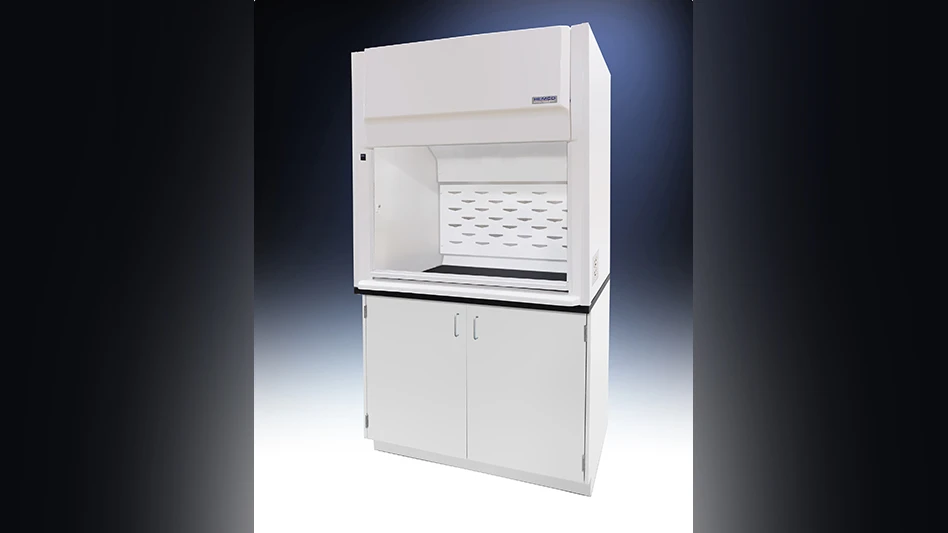Aerion Corporation announced at the National Business Aviation Association Annual Meeting and Convention additional detail and preliminary results relating to a new round of flight tests in collaboration with NASA’s Dryden Flight Research Center. These tests, which took place in July and August 2010 and achieved a top speed of Mach 2.0, mark the latest milestone in preliminary engineering activities for the world’s first supersonic business jet (SBJ).
“Test flights this past summer are tangible proof that Aerion is leveraging all available assets to continue refining technology that will be applied to our planned supersonic business jet,” said Aerion Vice Chairman Brian Barents. “We thank our investors and preliminary customers for their continued support, as well as NASA’s Aeronautics Research Mission Directorate for their unique testing expertise and facilities. Aerion remains convinced of the need not just to fly farther and in greater comfort, but much quicker as well.”
Data gained from the initial series of five data flights aboard a NASA F-15B aircraft are being analyzed by comparing the static pressures recorded at 60 points on the flat plate at varying speeds and altitudes with those predicted by aircraft computer models, including the test pylon and flat plate test article. Engine inlet parameters are included in the model and adjustable to achieve the best fit with the measured pressures during the F-15B tests.
This process has been completed and the design of a test article to be used in the next series is well along. The design goals include achieving maximum extent of supersonic laminar flow, confirmation of its robustness under realistic conditions and crossflow pressure gradients.
When the aerodynamic optimization of the new test article has been completed, mechanical design and fabrication to NASA flight test criteria will be carried out by Aerion. Then, after ground and flight qualification tests by NASA, the second phase of the tests will be performed.
“Future tests will evaluate supersonic boundary layer transition properties as they relate to manufacturing standards for surface quality and assembly tolerances, both crucial to future production of Aerion’s supersonic business jet,” said Dr. Richard Tracy, the company’s chief technology officer.
Aerion’s SBJ, designed to carry 8-12 passengers efficiently at high subsonic as well as supersonic speeds, has attracted roughly 50 letters of intent with accompanying deposits for the $80 million aircraft. This $4 billion order book has remained relatively constant, despite recent economic volatility. The company is engaged in ongoing talks with business aviation original equipment manufacturers; aircraft deliveries would begin five to six years from the formation of a joint venture to cover the rest of SBJ development, production, certification, sales and support.
Latest from Aerospace Manufacturing and Design
- 2024 Favorites: #10 Article – How 3D-printed aviation parts can accelerate return to air
- 2024 Favorites: #10 News – Boom Supersonic completes Overture Superfactory
- OMIC R&D hosts Supporting Women in Manufacturing Day 2024
- 4D Technology's AccuFiz SWIR interferometer
- Seventh Lockheed Martin-built GPS III satellite launches
- KYOCERA AVX's CR Series high-power chip resistor
- UT researchers receive Air Force grant for wind tunnel
- Monticont's linear voice coil servo motor





